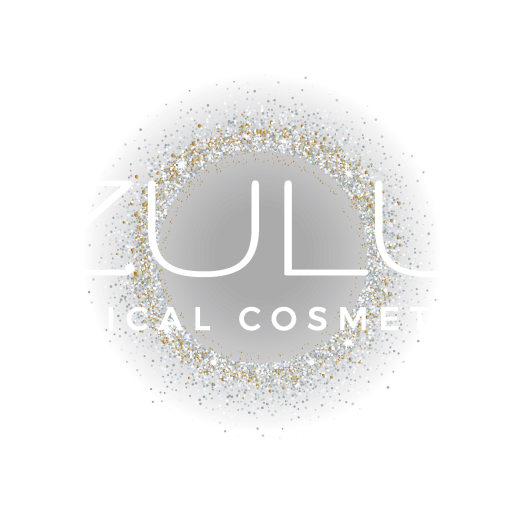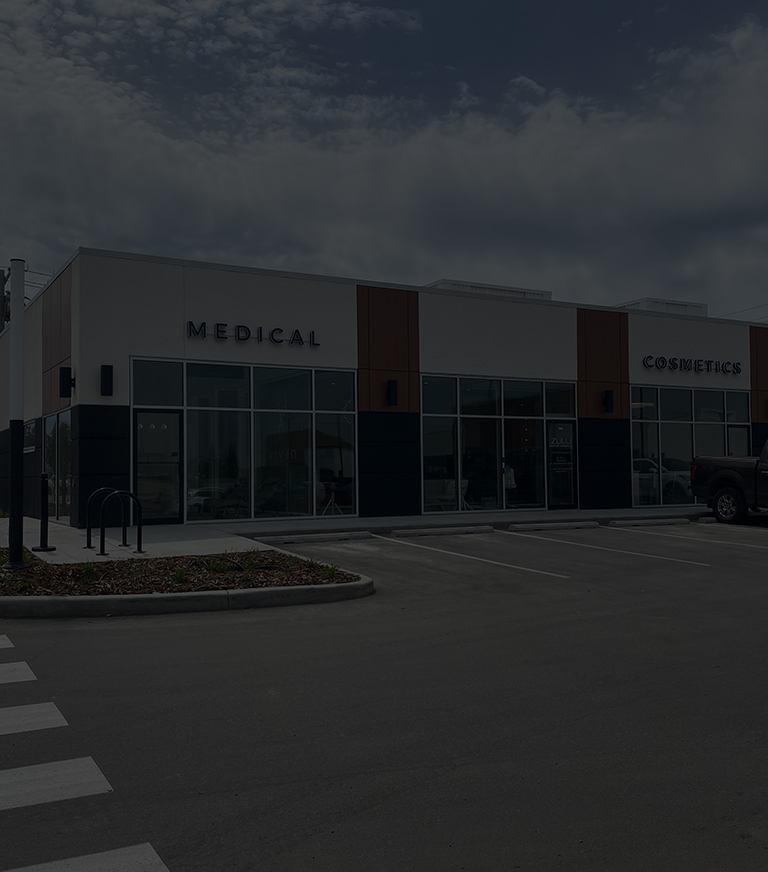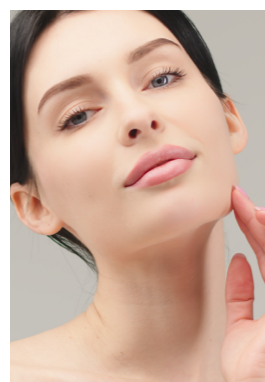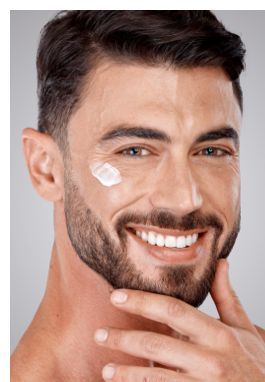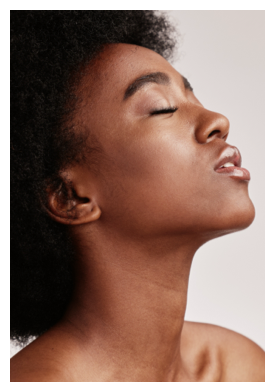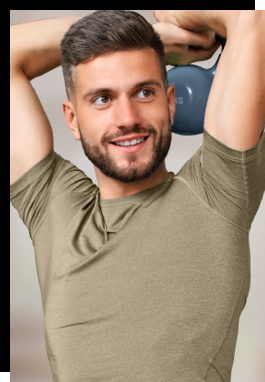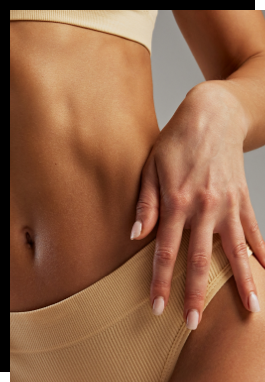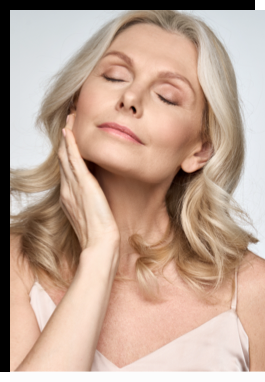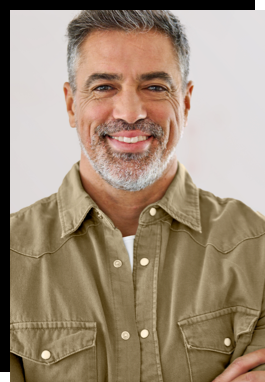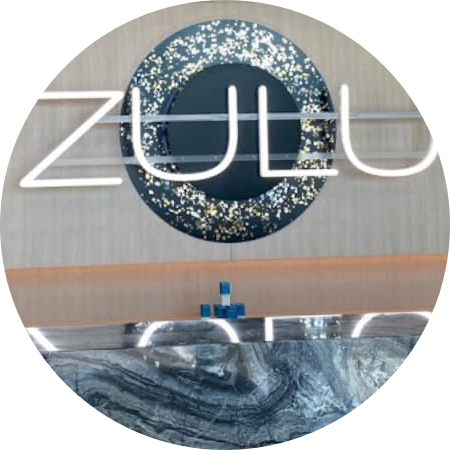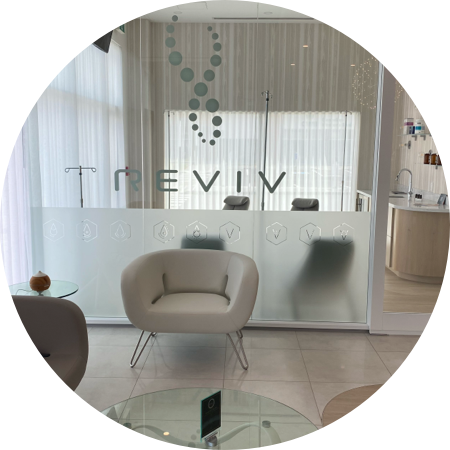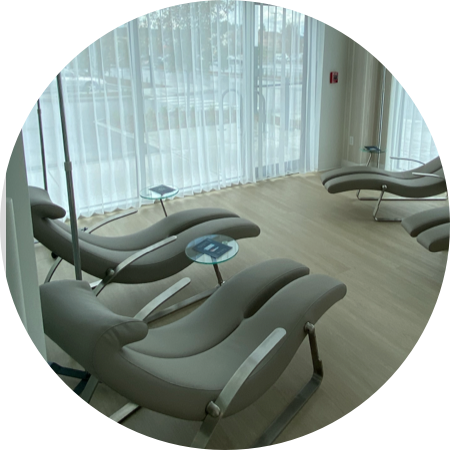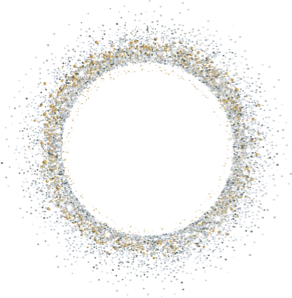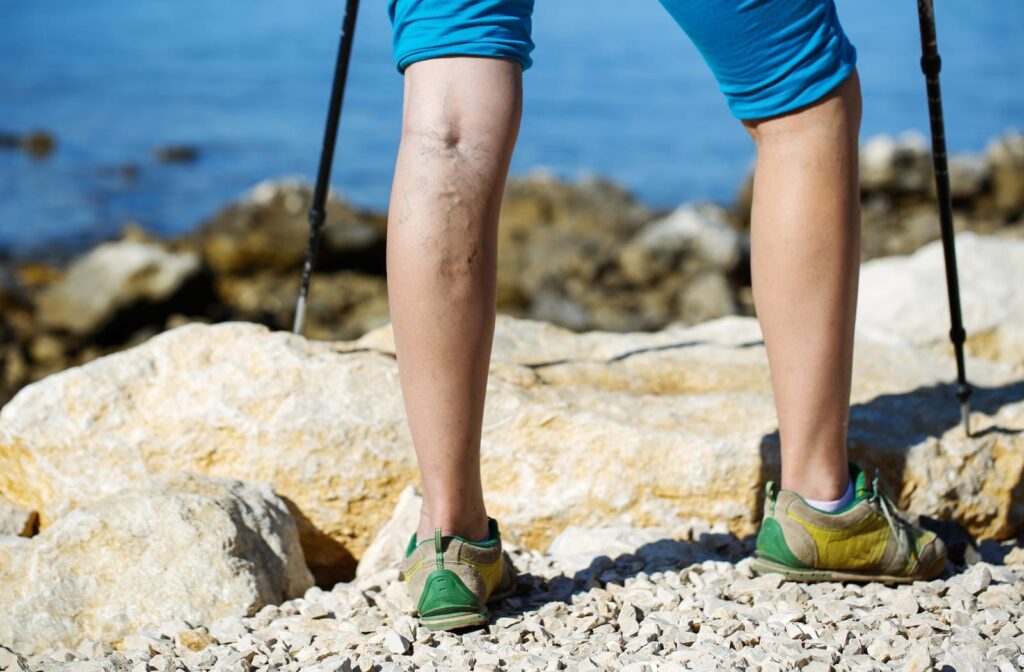
Varicose veins are more than just a cosmetic issue. They can be painful, and often people complain of itchiness, skin discolouration and heaviness in their legs.
Let’s unpack everything you need to know about varicose veins- from causes to treatments.
What Exactly Are Varicose Veins?
Varicose veins are enlarged and twisted veins that often protrude under the skin. They can develop just under the skin in any part of the body, but they appear most commonly in the legs.
How Do Varicose Veins Occur?
Any time pressure increases in the veins, it can cause them to stretch or widen.
Your veins contain tiny valves that only allow blood to flow in one direction. When these valves work properly, they make it easier for blood to move from your feet and legs back up to your heart, against gravity.
When the veins widen, these valves can no longer work properly. If the valves are weak or damaged, they allow some blood to flow back in the wrong direction. This can lead to even higher vein pressure, which creates a cyclical problem.
How Are Varicose Veins Different From Spider Veins?
Varicose veins are sometimes confused with spider veins. However, they are two different conditions.
While varicose veins are often large, bumpy, purplish veins with ropy appearance, spider veins are usually small webs or clusters of purple or red lines. Unlike varicose veins that appear to “puff up” under the skin, spider veins lay flat.
Spider veins can occasionally cause some discomfort, but they do not necessarily represent any significant problems with the circulatory system. They can be treated, although treatments are usually just done for cosmetic purposes.
Symptoms of Varicose Veins
Symptoms of varicose veins may include:
- Gnarled & bulging veins on the legs
- Prominently blue or purple veins
- Heavy or achy sensations in the legs
- Burning & cramping in the legs
- Swelling in the lower legs
- Pain after sitting or standing for long periods
- Itching around prominent veins
- Skin discoloration around prominent veins
- Swollen feet at the end of the day
- Ulcers on the ankles or skins
Note that varicose veins are not always painful. If you notice twisted and bulging veins on your legs, we highly recommend seeing a doctor.
Causes of Varicose Veins
We know that varicose veins develop due to weak or damaged valves inside the veins. But what causes the valves to become weak or damaged?
You are more likely to develop varicose veins if you are:
- Female
- Pregnant
- Post-menopausal
- Overweight
- Older than 50
- Related to someone with varicose veins
Varicose veins have also been linked to jobs that require standing for long periods of time, such as hairdressing and teaching.
Are Varicose Veins Dangerous?
Unlike spider veins, which are mostly a cosmetic issue, varicose veins may represent a severe threat to your health. Varicose veins are typically too close to the surface to cause any issues aside from pain and discomfort. However, in very advanced cases, varicose veins may lead to a serious condition called deep vein thrombosis.
An Important Note
It is absolutely crucial that you see a physician for a diagnosis. Only a doctor can determine whether you are suffering from superficial varicose veins or deep vein thrombosis. While varicose veins are superficial, deep vein thrombosis is a medical emergency. Do not attempt to diagnose yourself.
Deep Vein Thrombosis
Deep vein thrombosis (or DVT) occurs when blood pools and clots inside your veins. If part of that blood clot travels through your circulatory system and into the lung, it could cause a pulmonary embolism, which could be fatal.
Only about 50% of DVT patients develop symptoms, which is why it’s so important to treat varicose veins before blood clots develop.
Treatments for Varicose Veins
One of the most popular treatments for varicose veins is laser treatment.
How Do Laser Treatments Work for Varicose Veins?
Laser treatments for varicose veins are non-invasive, making them an excellent option for patients who are uncomfortable with needles and injections.
The technician will use a laser to beam a targeted wavelength into the affected vein. The energy then coagulates the blood, preventing new blood from flowing into the varicose vein. Your body senses that this vein is no longer facilitating blood flow. So, in response, it collapses and seals shut.
The circulatory system then redirects blood flow to compensate for the collapsed vein. Eventually, your body will reabsorb the vein into the surrounding tissue.
What Does Laser Treatment Feel Like for Varicose Veins?
This type of laser treatment is not painful. The procedure lasts approximately 30 minutes. Your body will most likely react to treatment the same way it would to a small scratch. You may notice some swelling and redness after the treatment. However, these effects should disappear within a few hours.
Your medical team may recommend compression garments after treatment. You must follow their instructions closely to get the best possible results from your treatment.
Your doctor may also schedule a follow-up appointment after the treatment to ensure the vein has successfully collapsed and sealed itself off.
Other Treatment Options
Not everyone is a candidate for laser treatments. Some patients may require a more invasive treatment like vein stripping or sclerotherapy.
Sclerotherapy is performed by injecting a special chemical called a sclerosing agent into the affected vein. The sclerosing agent damages the walls of the vein, causing it to collapse. Your circulatory system then naturally redirects blood flow through other nearby veins. Eventually, your body will reabsorb the vein.
Vein stripping is a surgery designed to prevent the affected vein from facilitating blood flow. Using a small incision as an access point, the doctor will thread a thin flexible wire through one end of the vein. Once they reach the other end, they will tie the wire to the vein and pull them both out through another small incision.
The Best Treatments Are Customized
Ideally, your doctor will create a customized treatment plan to address your varicose veins. For instance, at Zulu Medical Cosmetics, we build treatment plans that include in-office procedures and at-home interventions, including:
- Daily vitamins
- Compression stockings
- Lifestyle adjustments
Do Not Ignore Your Varicose Veins
If varicose veins are not painful, it can be easy to dismiss them as a mild annoyance. But even without the aching, cramping, and swelling, varicose veins could lead to very serious health problems. Make a proactive decision and schedule treatments for your varicose veins.
Treatment may be the key to a more comfortable, active, and enjoyable life.
